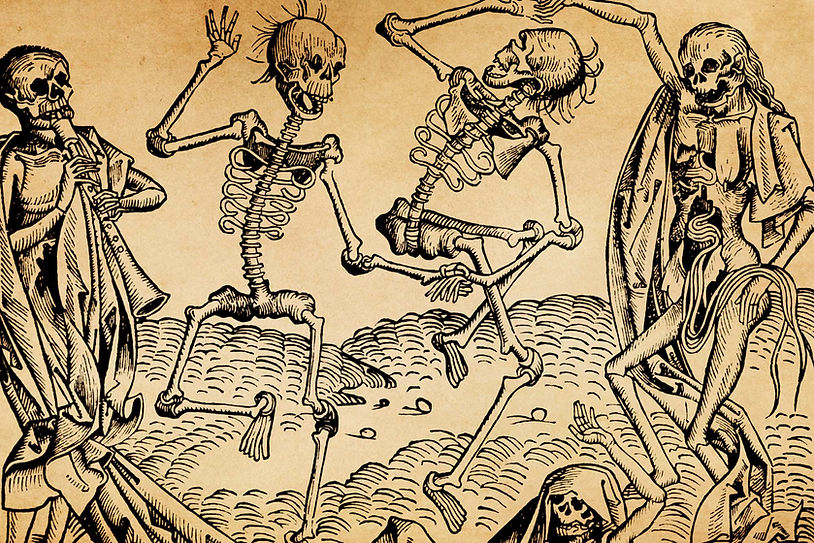By: Max Yang
Historians disagree on where and how the Black Death originated. Over the past few decades, teams of scientists and researchers attempted to answer that perplexing question. The team that had the biggest breakthrough was led by Wolfgang Haak and Johannes Krause from the Max Planck Institutes for Evolutionary Anthropology and the Science of Human History in Germany along with Philip Slavin of the University of Stirling in Scotland. They ingeniously used the remains of black death victims buried in the 14th century to find clues. The team examined Londoners’ remains whose skeletons were an ideal source not only because they were the victims of the notorious disease, but also because the date of their death was known.
Dr. Slavin also searched through two Christian graveyards in another location. He was astonished to find that the date of the deaths was precise there. Furthermore, some had inscriptions saying, in an old language, Syriac, that the person had died of “pestilence”, or a fatal epidemic disease. The researchers then found plague DNA in the teeth of three individuals whose tombstones said had died of “pestilence.”
Their information from the remains led these scientists to conclude the rodents that spread the bacteria to those victims were marmots. Marmots in that area have fleas that carry Yersinia pestis, a type of bacterium. It is passed to humans from these biting insects.
In contrast, Dr. Monica H. Green, a medical historian, along with other historians have proposed a “Big Bang theory,” in which disease exploded from one trunk, or one kind of Yersinia pestis, to four different kinds of Yersinia pestis around the time that Mongols in the early 13th century spread the bacteria. If that had been the case, the bacteria in Kyrgyzstan, where remains of Black Death victims were found, would not have been from biting insects. This might be true, but one may wonder how the marmots and fleas got the disease. There are many theories that oppose each other. Scientists do not yet know which ones are true, or which are false.
If the Big Bang theory is true, Dr. Mary Fissell, a medical historian at Johns Hopkins University, said it seems that the plague Big Bang happened right before the Black Death in Eurasia, indicating that the plague’s spread was most likely through trade routes and not, as some other historians have suggested, through military actions a century earlier. This would mean that the Black Death didn’t exist when the Mongols invaded Europe.
Many groups of scientists and researchers are vying to get to the bottom of this question. The Black Death is such a mysterious disease that people are finding multiple and even opposing clues about it. Scientists and researchers are all expecting more evidence will one day emerge. But for now, the current findings we have, claims Dr. Green, have “put a pin in the map, with a date.”
The pandemic in the 14th century is similar to the pandemic we are facing now, COVID- 19. Both pandemics took many lives and lasted for a long time. In order to not let history repeat itself, it is important to study and learn from past outbreaks of disease.
Resources: https://s3.amazonaws.com/appforest_uf/f1655668260851x709957888057212800/Black%20Death_%20A%20Clue%20to%20Where%20the%20Plague%20Originated%20-%20The%20New%20York%20Times.pdf











